ADHD Hyperfocus Management: How to Avoid ADHD Burnout
Learn to Channel Your Focus Superpower Without Losing Hours (or Forgetting to Eat)
Ever feel like your brain is a detective board with red string connecting 37 ideas—except instead of solving a mystery, you accidentally forgot to eat lunch, answer texts, and maybe even blink for a while?
That, my friend, is hyperfocus—one of the most fascinating and double-edged parts of having ADHD.
When it kicks in, you might feel unstoppable, like you’ve finally unlocked the magical productivity cheat code. But as amazing as hyperfocus can be, it can also bulldoze your basic needs, sabotage balance, and leave you fried like a laptop that’s been running 45 Chrome tabs for 12 hours straight.
In this guide, I’m sharing ADHD hyperfocus strategies so you can channel it into something sustainable—and still remember where you left your coffee.
🎯 What Exactly Is Hyperfocus?
Hyperfocus isn’t just being “really into something.” For ADHD brains, it’s an intense, almost magnetic fixation on a task or interest—so absorbing that everything else blurs into static. Researchers think it’s linked to how our brains regulate dopamine, the neurotransmitter that fuels motivation, curiosity, and reward processing (source).
Why does this matter?
Because while neurotypical folks can often switch tasks with a nudge, our brains either can’t get started or can’t stop. It’s the all-or-nothing paradox that makes ADHD both a creative superpower and a time-warping challenge.
The Perks (and Pitfalls) of Hyperfocus
The Dopamine Jackpot:
When hyperfocus lands on the right target, you can make massive progress, absorb information rapidly, or enter a creative flow state.
The Tunnel Vision Trap:
The downside? You might skip meals, ignore texts (sorry, friends!), or work through exhaustion because your brain’s dopamine party doesn’t want to end.
Personal confession: I once hyperfocused on designing printables for this blog and didn’t notice that six hours had passed. My partner had to literally wave a snack in front of my face to snap me out of it. Relatable
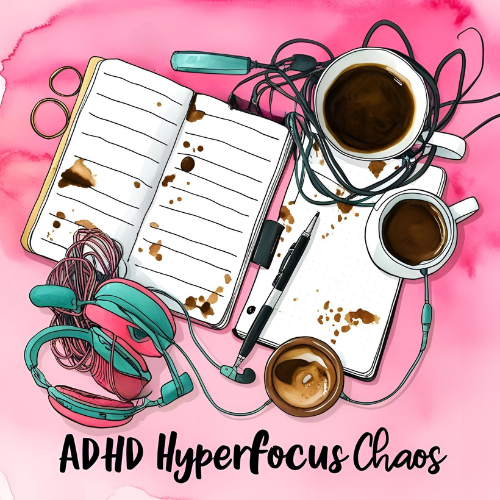
Why “Just Take Breaks” Doesn’t Work for ADHD Brains 🛑
If you’ve ever been told to just set a timer or remember to pause, you know how hilariously ineffective that advice can be when you’re in hyperfocus. Here’s why:
❌ Time Blindness: ADHD makes it hard to feel the passage of time. A “quick edit” can turn into an entire afternoon
❌ Task Inertia: Once you’re moving, it feels physically uncomfortable to stop
❌ Overactive Interest Network: Your brain treats the task like it’s life-or-death-level important.
That’s why you need external systems to interrupt the trance—not just willpower.
ADHD-Friendly Hyperfocus Management Strategies
As an Amazon Associate, I earn from qualifying purchases. This post contains affiliate links, which means I may earn a small commission if you purchase through my links. This supports my work at no extra cost to you.
Here are fresh, real-world tips that actually helped me—and other neurodivergent folks—build healthier hyperfocus habits:
1. Use Multiple External Cues
Time blindness means you literally don’t feel time passing. A single timer blends into the background noise—like that one laundry buzzer you swear you’ll get up for, but never do. And hyperfocus usually wins against the alert your brain is accustomed to hearing 50 times a day.
How to set it up:
Layer several reminders that hit different senses:
- Auditory: A loud kitchen timer or phone alarm
- Tactile: Smartwatch vibrations
- Environmental: A lamp that switches off after 60 minutes
- Visual: A big, colorful timer you can’t miss
Why watching time disappearing helps ADHD brains:
Most phone timers are abstract—you set them and forget them until a beep yanks you out of your zone. But ADHD brains crave immediate, concrete feedback.
A big visual timer shows time shrinking right in front of you—like a red pie slice getting smaller every second. You’re not just intellectually aware that time is passing—you can see it slipping away.
👉 Try the Time Timer MOD Visual Timer (affiliate link). Its colorful disk literally shows time disappearing—so you can feel it running out
It’s the difference between:
- Hearing an alarm you’ll ignore or snooze
- Watching your remaining time disappear, minute by minute, and feeling a real sense of urgency
Think of it like trying to drive with no dashboard: you technically know the gas tank isn’t infinite, but without a gauge, you’ll forget until you’re stranded.
A visual timer is your dashboard—a clear, external gauge that makes the invisible visible.
Personal example:
I once set three timers—on my phone, my microwave, and my smartwatch—and STILL ignored them all. But when I added the big visual timer, it was like having a giant neon sign saying “Hey! You’re running out of time!” It finally cut through the hyperfocus fog.
2. Recruit a Body Double
Why this works:
Being alone is hyperfocus fuel. Having someone present—even quietly working beside you—activates your social accountability circuits. Your brain becomes more aware that time is passing and less likely to spiral into an endless loop.
How to do it:
- Ask a friend to co-work in person or via Zoom.
- Use Focusmate to pair with a virtual body double for 25–50 minute sessions.
- If you’re camera-shy, try a coworking livestream on YouTube.
Tip:
Set a short check-in at the start and end: “What are you working on? How did it go?” This tiny dose of accountability can work wonders.

💌 Want more ADHD-friendly tools?
Check out my printable ADHD hyperfocus management tracker!
3. Design an Exit Ramp
Why this works:
Stopping hyperfocus feels like slamming brakes on a speeding train. Your nervous system resists abrupt shifts, and you might feel irritable or disoriented.
How to design one:
- Pre-write your next step:
Before stopping, jot a note: “Next: revise intro paragraph” so your brain doesn’t panic about losing momentum.
👉 Keep your next step in plain sight, not buried in a notebook you’ll forget exists. A small desktop whiteboard works perfectly for this—way harder to ignore than a scrap of paper. I love the Desktop Glass Whiteboard because it sits right under your monitor, so the reminder stares you down in the most aesthetically pleasing yet effective way.
2. Use a gradual cue:
Start dimming the lights, lowering music volume, or closing browser tabs. (While writing this, without exaggerating have a count of 15 tabs open on one of 3 open browsing windows… so I get it.)
3. End with a ritual:
I keep a sticky note that says “Good job—time to come back to Earth.” Silly, but it works.
4. Front-Load Your Basic Needs
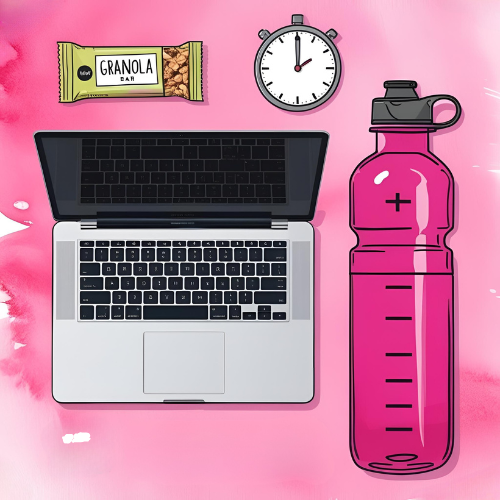
Why this works:
ADHD brains prioritize stimulation over survival (seriously). Once you’re locked in, eating and drinking feel irrelevant—until you crash.
How to prep:
- Eat a protein-rich snack before you start
- Keep bite-size snacks within arm’s reach
- Use a bathroom break as a natural pause point
- Fill a giant water bottle
👉 This Hydro Flask 32 oz Bottle keeps drinks cold for hours and has a straw so you can hydrate hands-free when you can’t stop/ won’t stop.
5. Gamify Your Breaks 🎮
Why this works:
Your brain craves novelty and dopamine. Plain breaks feel boring—so you skip them. Gamifying makes stepping away feel rewarding.
How to gamify:
- Use the Forest App to grow a virtual tree every time you take a break.
- Give yourself a “prize” for stopping: a favorite YouTube video or 5 minutes of a fun game.
- Create a break bingo card and cross off activities.
Tip:
Make the break just as appealing as the work. That’s how you outsmart your dopamine system.
6. Be Honest About It
Why this works:
Hyperfocus often looks like flakiness to people who don’t get it. Being upfront takes away guilt and misunderstandings.
How to do it:
- Tell colleagues or family: “Sometimes I get really locked in and might not see messages. Feel free to call or come get me.”
- Avoid avoidance! Don’t let unanswered messages pile up. A quick reply can prevent a shame spiral.
- Use auto-replies or status updates (“In focus mode—will check messages later.”)
Personal example:
When I finally started admitting I’d disappear into the hyperfocus vortex, people were so much more understanding. Now I just say, “Ping me twice if you really need me!” or “Call, don’t text if it’s urgent.”
7. Build a Visual Workspace Cue
Why this works:
ADHD hyperfocus thrives on invisible priorities. If you can’t see what matters most, your brain is more likely to wander off chasing the next dopamine sparkle—like that one time I decided to reorganize my files instead of finishing a deadline (oops).
Having visual anchors helps your brain remember what you’re doing and why you’re doing it.
How to set it up:
- Use a color-coded sticky note system to label your current priority, so you don’t get lured into starting something else
- Keep your next steps in the same spot every time (like pinned to your laptop)
- Pair your visual cue with a verbal one—like saying out loud, “I’m still working on the report.” (Yes, talking to yourself counts as a strategy. No judgment here.)
👉 Tip: Pick sticky notes that are in a calming color palette and color-code tasks
Quick Hyperfocus Management Checklist
✅ Prep snacks and water
✅ Set multiple timers
✅ Create a stopping ritual
✅ Tell someone you’re diving in
✅ Keep a visual cue handy
✅ Reward yourself for breaks
🌟 Hyperfocus Doesn’t Have to Mean Burnout
With the right supports—redundant reminders, body doubling, dopamine-friendly breaks, and compassionate honesty—you can turn hyperfocus into a creative superpower that serves you, not the other way around.
You’ve got this. ❤️

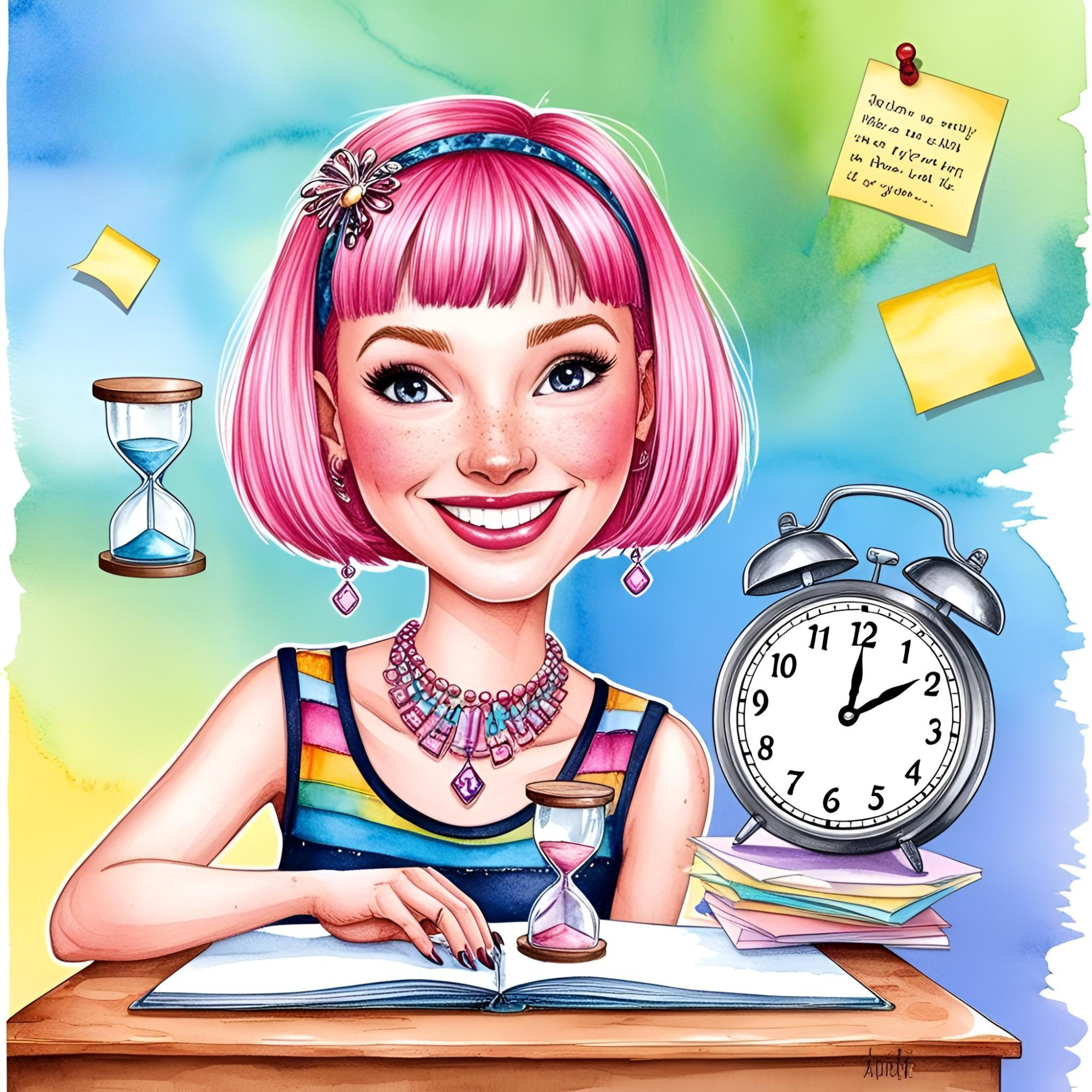
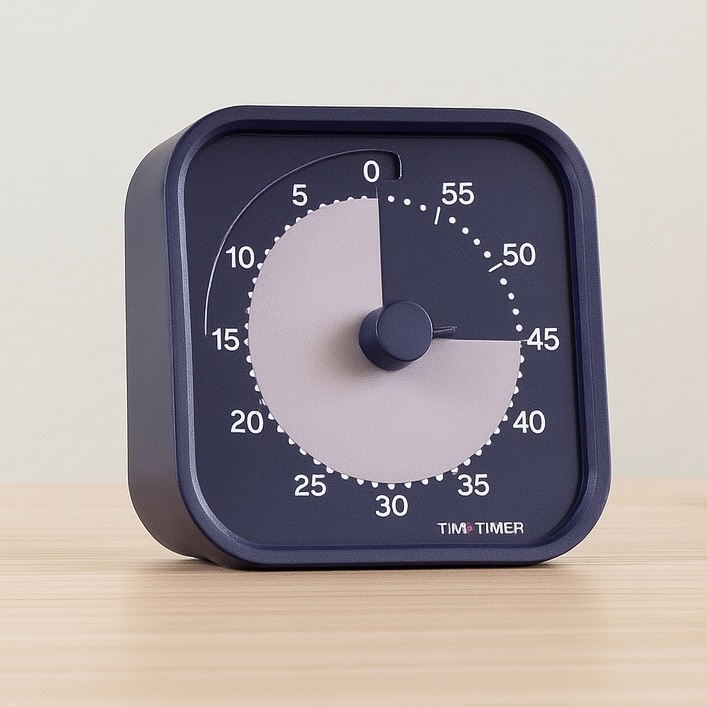
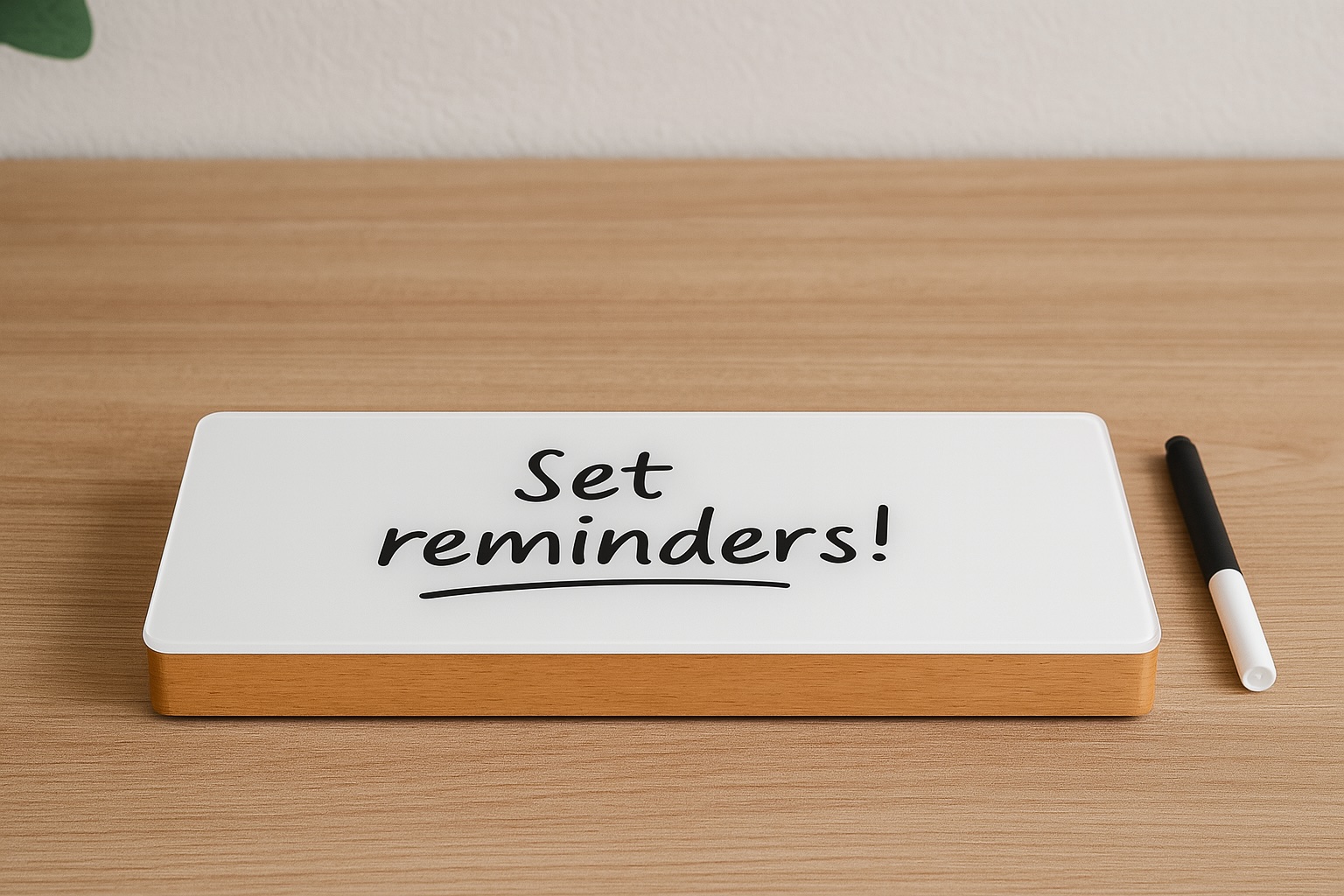



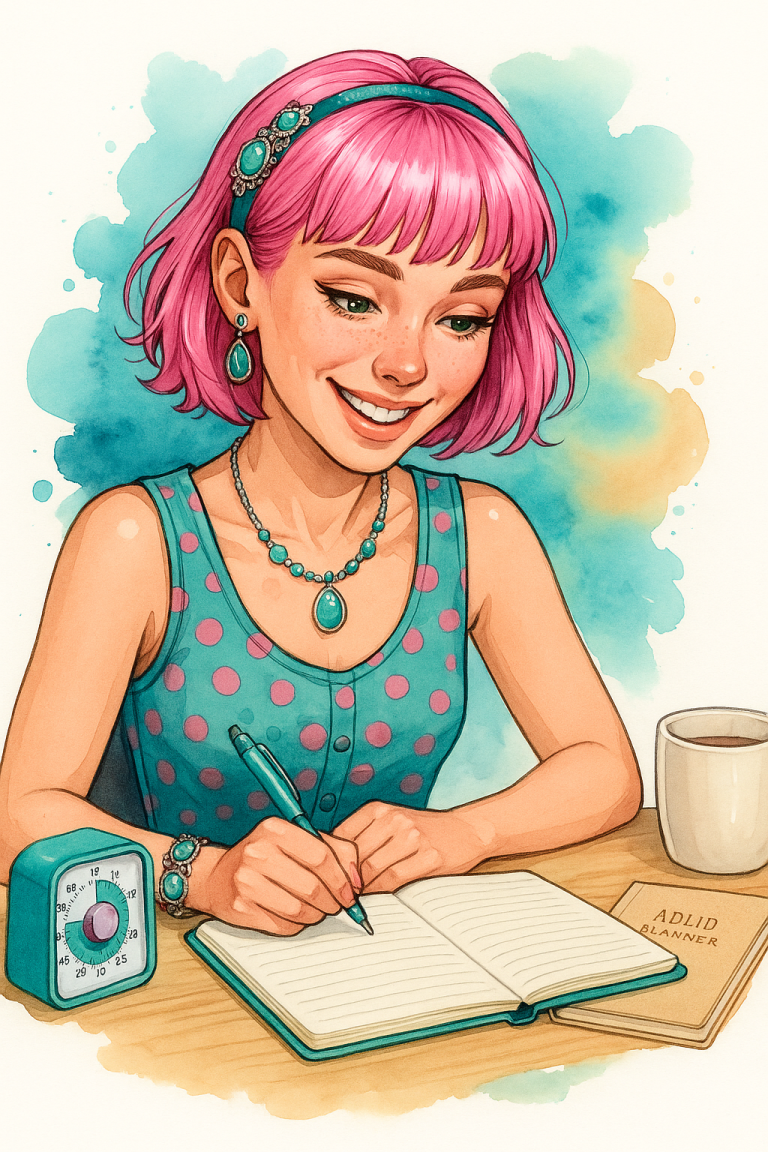


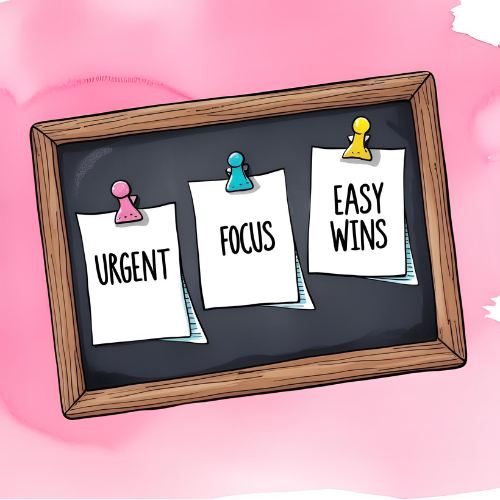


One Comment